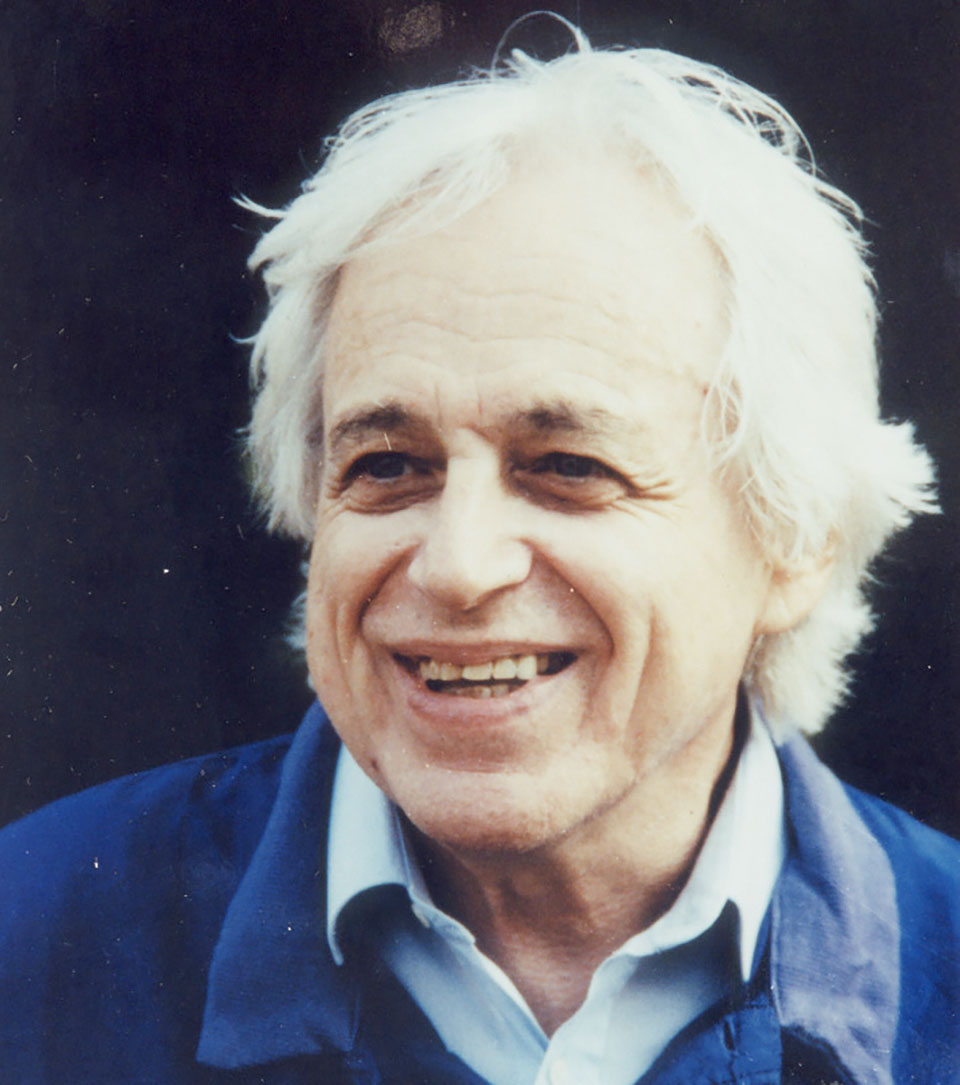
Well, don’t just sit there. What is it? On second thoughts, wait a moment because a definition might be more difficult than you think. Everyone recognizes music, but few can offer a convincing definition of it and even experts agree that there’s really no consensus on a precise definition.
Interestingly, some languages have no single word for “music.” Ruth M. Stone, a specialist in African culture writes, “the isolation of music as sound is quite foreign in the conceptualization of most West Africans, whose languages and cultural practices often combine singing, drama, dancing and instrumental performance into a tightly-bound complex of the arts.”
For those involved in music education, as I was during the last century, some kind of definition is helpful. Teachers need to have a clear definition, otherwise effective teaching, assessment and evaluation is something of a challenge. I’ve sometimes heard people suggest that, “Music is something that makes you happy.” But so does an ice cream. I’ve also heard, “Music is pleasing sounds” but that could apply to someone’s speaking voice or splashing waves on a beach. During the late 1960s many teachers adapted the tidy definition “Music is organized sound” and although it seems vaguely scientific, it’s completely inadequate. A ringing telephone or a bleeping egg-timer are also organized sounds.
It seems to me that what’s missing in these crude definitions is something about human expression. The sounds that we easily recognise as “music” are the result of human activity. I shall put aside other phenomena like whale songs, for example because we don’t even know the purpose of these long and complex utterances.
Let’s try this sixty-word definition. “Music is a human pursuit, using pitched and unpitched sounds of different durations, dynamics and timbres and created for expressive, practical or aesthetic purposes. Pitched sounds may be produced sequentially to create melody, or simultaneously to create texture. Sounds are often used to generate rhythm and an underlying pulse. Collectively, the sounds create an overall sense of form or structure.”
Now you might disagree entirely with that, in which case, I invite you to construct your own definition, bearing in mind that it should cover as many musical styles as possible, from plainsong to gamelan music. On the other hand, perhaps you couldn’t care less. But if you’re going to take that stroppy attitude, go away and read something else. Just don’t ask me again when you want to borrow the cat.
If you’ve ever seen Stanley Kubrick’s ground-breaking film 2001: A Space Odyssey, you’ve heard Ligeti. This epic movie was made in 1968 when I was in my twenties and the year 2001 sounded absurdly far into the future. I suppose too, that when in 1948, George Orwell wrote his dystopian science-fiction novel Nineteen Eighty-Four, that year must have also seemed impossibly remote.
György Ligeti (JÖRJ LIH-gheh-tee) has been described as “one of the most important avant-garde composers in the latter half of the twentieth century.” Early in his career, Ligeti moved away from conventional approaches to music and ventured into new and exciting sound worlds that had never previously been explored. He eventually coined the word “micropolyphony” to describe the complex texture of his sounds. The concept of “polyphony” which refers to simultaneous melodic lines, has been a feature of music since the late Middle Ages but Ligeti extended the concept to cover his own style, characterized by its densely-packed textures and micro-intervals. If nothing else, his work has forced people to re-think their definition of music.
In the late 1950s Ligeti worked with the Karlheinz Stockhausen at the electronic studio of West German Radio and although he completed only a couple of works for electronic media, the unworldly “electronic” timbres and textures seem to pervade much of his later work. The Chamber Concerto was completed in 1970 by which time the composer was at the height of his fame, having already completed the influential and brilliant orchestral works Atmosphères and Lontano. The composer had also completed his iconic Requiem in 1965 which had included some of the most complex polyphony he had ever attempted.
This concerto is in four movements and scored for string quartet and a variety of keyboard and wind instruments. Unlike a conventional concerto, every musician in the ensemble is considered a soloist and the music is often intensely complex. From the start we hear Ligeti’s use of micro-intervals, closely-spaced tones that seem like atomic particles floating around each other. You’ll hear advanced playing techniques, in which the strings sound like tiny scuttling insects interrupted by the winds boldly announcing the curious angular motif, D-E-G-F. The calm and solemn second movement (05:25) is built on similar micro-intervals too and has moments of rare beauty. Sometimes bright colours emerge from the cloud-like textures like stabs of sunlight. The third movement (11:45) seems to drift from the composer’s conventional style and introduce hints of melody, pulsing exotic rhythms and more focused harmonies. The finale movement (15:33) turns into a wild scamper, there’s a tortured melody from horn and incredibly complex writing driving the music to its enigmatic close.
If this fascinating music doesn’t float your boat the first time, do give it another chance and see if you are drawn into Ligeti’s personal and unmistakable sound-world.





